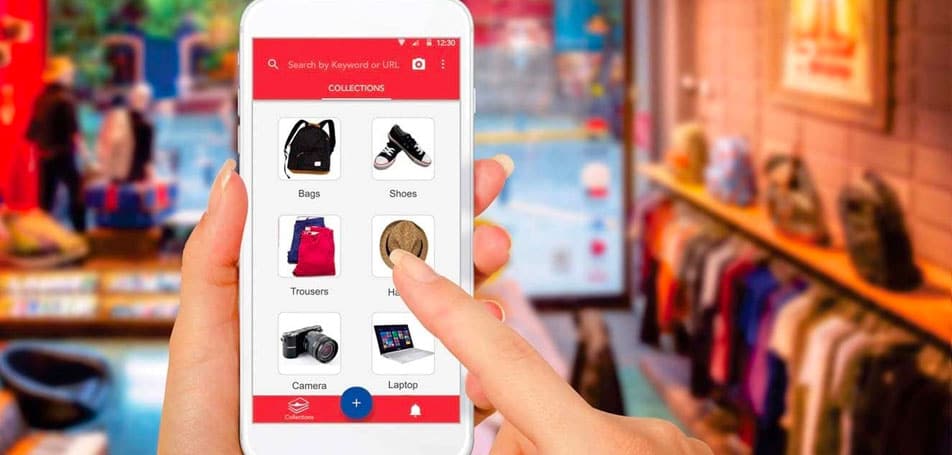
In today’s fast-paced market, consumers don’t have the time to be delayed by a lengthy checkout process. Cart abandonment is at an all time high – with some studies suggesting 80% of customers will abandon their eCommerce shopping cart. Unfortunately, that trend doesn’t seem to be falling.
There are many ways to reduce your cart abandonment rate. You can preform A/B testing on your website to ensure that your design is optimal for your consumers. You can also adjust your website’s algorithms, so cookies auto fill some of the customers’ personal information. However, an emerging solution to this growing problem is switching to checkoutless commerce.
What is Checkoutless Commerce?
Checkoutless commerce is a growing trend across both eCommerce and brick and mortar institutions. The most famous example in recent years is Amazon Go. Amazon Go is a brick-and-mortar grocery store where shoppers can pick up all the groceries they need and simply walk out without having to deal with a cashier. Instead, cameras and sensors will detect what shoppers pick up, and automatically charge the items to their Amazon account. Right now there are only a few of these Amazon Go stores, but the idea behind it – checkoutless commerce – has been quickly growing.
Outside of Amazon, eCommerce companies have been jumping on board. Specifically, this type of checkout process has been successful for mobile marketplaces. It’s estimated over 54% of all shoppers use their cell phones. This is not because of a lack of access to desktop computers. Instead, customers are drawn to their mobile devices because of the ease of use, so it makes sense checkoutless commerce is thriving on mobile platforms.
With checkoutless commerce, shoppers can keep their credit cards in their wallet. Instead of having to type out all of their personal information onto a small screen, customers can easily use their thumb print or a username/password to pay.
Checkoutless Payment Methods
Since checkoutless commerce is still an emerging market, companies are limited when choosing checkoutless payment methods. However, one payment company is ahead of the game – PayPal. According to a study completed by the Mobile eCommerce Optimization Initiative, 84% of companies surveyed are successfully using PayPal Express. PayPal Express is a top option, because PayPal is a secure and reputable name in the payment market. Like with all emerging technologies, some customers will hesitate to use checkoutless payment methods, however if they see a name they trust attached to the new tech, like PayPal, they are more likely use the payment method.
Although no other payment method comes close to PayPal right now, there are some other platforms emerging in the checkoutless payment market. Amazon Pay is used by 26% of the surveyed companies. Again, this method’s growth is due to name recognition. Customers can find almost anything on Amazon; therefore, they put a lot of trust in the company.
Another growing payment method is Apple Pay. Apple Pay was unveiled in 2014 as one of the first mobile wallets. It works with the Apple devices that customers use everyday, which makes it extremely accessible for anyone with an iPhone. Despite its accessibility, only 12% of surveyed companies use it. It’s speculated that not enough banks partner with Apple Pay, which is why it does not seem like a viable option for some companies.
Success So Far
Although checkoutless commerce is still a growing sector, the Mobile Optimization Initiative found it can be extremely beneficial for companies to invest in. The ease of use and improved security leads to less cart abandonment. However, like all new tech, it will take some getting used to.
So far, certain sectors within the eCommerce marketplace have more success with checkoutless commerce than others. The most successful sector is sportswear and leisure. This sector seems to be rapidly integrating checkoutless commerce because sportswear is targeted toward younger shoppers. Younger customers will almost always be more willing to adapt to technology, because they were raised surrounded by growing tech.
One of the least successful sectors is homewares and DIY. One can assume this sector is slow to adapt for the same reason sportswear is so successful. Homeware shoppers tend to be older, and may not want to shop using this new technology.
Regardless of your target audience, it is beneficial to adapt your eCommerce company to checkoutless commerce. Investing in just one type of checkoutless option, such as PayPal Express will appeal to at least some of your customers, and will decrease a percentage of your cart abandonment. It’s unclear if having multiple checkoutless options will benefit your company. A majority of the companies surveyed only offered one digital wallet option.
For more help optimizing your checkout process, reach out to Wagento.







